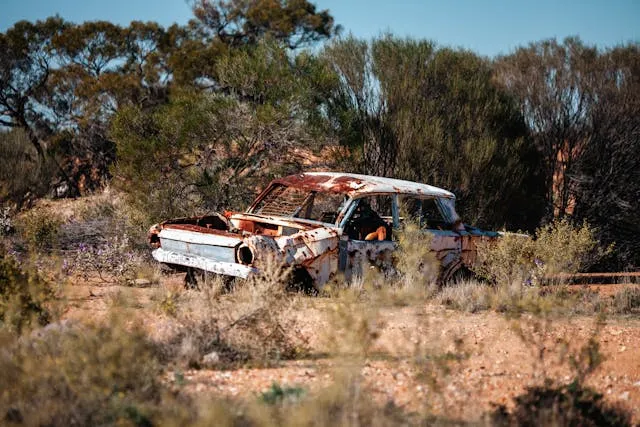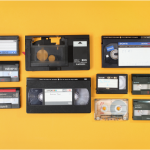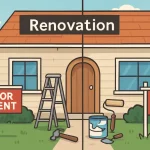It usually starts with clutter. A box of tangled wires in the shed. An old hot water system is sitting behind the house. That strange pile of “I’ll deal with it later” that never quite gets dealt with.
Here’s the funny part—what looks like junk to most people is actually treasure. Not the shiny gold-and-gems kind, but something quieter, more useful. Copper Scrap.
People don’t get excited about copper the way they do about diamonds or silver. But in Australia, it’s quietly becoming one of the most important players in the push for sustainability. And maybe in your own backyard, too.
Also Read: How to smoke a Cigar? A Guide to a Perfect Smoke
Why Copper Scrap Isn’t Just Junk
Let’s be blunt. Mining isn’t pretty. Digging copper out of the ground means tearing up landscapes, guzzling energy, and leaving scars that last lifetimes. Necessary? Maybe. But avoidable in some cases? Absolutely.
Here’s where Copper Scrap flips the script. Recycling it saves up to 95 percent of the energy compared to mining fresh ore. That’s not a tiny saving. That’s the kind of number that makes whole industries stop and rethink.
Every kilo of Copper Scrap recycled means less carbon pumped into the air. Less destruction. Less waste. Which is why people are finally waking up to just how valuable it really is.
The Stuff Sitting Right Under Our Noses
The thing with Copper Scrap is it hides in plain sight. You don’t need a mine. You just need a torch and a look around.
Old pipes snaking under the sink. That broken-down air conditioner your mate said he’d fix but never did. Motors from fridges, washing machines, and microwaves. Even that drawer of outdated gadgets we all have—yeah, the ones with broken screens and dead batteries. They’re basically little copper banks.
Now, imagine demolition sites, construction leftovers, or old factories being cleared out. There are mountains of copper waiting to be reused. Most people see rubble. The smart ones see opportunity.
Scrap Yards Aren’t What They Used to Be
There’s an image people carry of scrapyards: noisy, dusty, half-forgotten places at the edge of town. But the truth is, they’re changing.
Walk into a modern recycling yard in Melbourne, Sydney, or Brisbane and you’ll see something else. Order. Systems. People sort, weigh, and ship copper scrap that will eventually become new pipes, wires, or components for renewable energy projects.
The shift is cultural. Scrap isn’t “waste” anymore. It’s part of the supply chain. It’s the quiet hero of the circular economy.
Why Copper Scrap Always Holds Value
Markets move. Prices climb, they dip, they climb again. That’s just the rhythm. But copper has always had something solid behind it—demand.
Electric cars need it. Solar farms need it: wind turbines, data centers, even the wiring in your home. Copper is everywhere, and it’s not going out of style anytime soon.
So whether it’s a box of old wires in your garage or a truckload of offcuts from a construction project, Copper Scrap is never worthless. It may not make you rich overnight, but it always has a buyer. Always.
The Hurdles Nobody Likes to Talk About
Let’s not romanticise it too much. Recycling copper isn’t always simple. Sorting takes time. Stripping insulation off wires is fiddly. Sometimes contamination drags down the value. And yes—far too much still ends up in landfill simply because people don’t realise it’s recyclable.
That’s the real shame because every chunk of Copper Scrap that gets tossed out is a missed chance to save energy, money, and resources.
The fix? Awareness. A plumber separating offcuts. A homeowner dropping wires at the local yard instead of the bin. A company is implementing recycling contracts. Little shifts, but they add up.
The Future Feels Copper-Coloured
Look ahead a few years. Australia’s gearing up for massive renewable energy projects. Electric vehicle infrastructure. Smarter, greener cities. All of it needs copper—lots of it.
And while mines will still play their role, recycling will shoulder more of the load. Imagine solar panels powered by copper that once ran through someone’s old toaster. Or wind turbines built partly from the pipes of a demolished building. That’s not a dream. That’s already happening.
Copper Scrap is becoming less of an afterthought and more of a backbone for industries that want to look sustainable—and actually be sustainable.
A Different Way of Seeing Things
So next time you see that pile of “junk” wires or an old appliance, don’t shrug it off. Look twice. That’s not a waste. That’s copper. That’s money. That’s part of the solution.
In a way, Copper Scrap teaches us something bigger. Value isn’t always obvious. It doesn’t always sparkle. Sometimes it hides in coils of wire, in battered pipes, in the guts of machines long forgotten. But it’s there, waiting for someone to see it differently.
And maybe that someone is you.
Closing Thought
Australia doesn’t need to keep ripping holes in the ground when so much copper is already above it, waiting. Whether it’s in our homes, our businesses, or tucked away in the corners of scrapyards, Copper Scrap from Union Metal Recycling holds the key to a cleaner, smarter future.
It’s not glamorous. But it’s real. And in the messy, imperfect, practical world of recycling—that’s exactly what makes it powerful.







